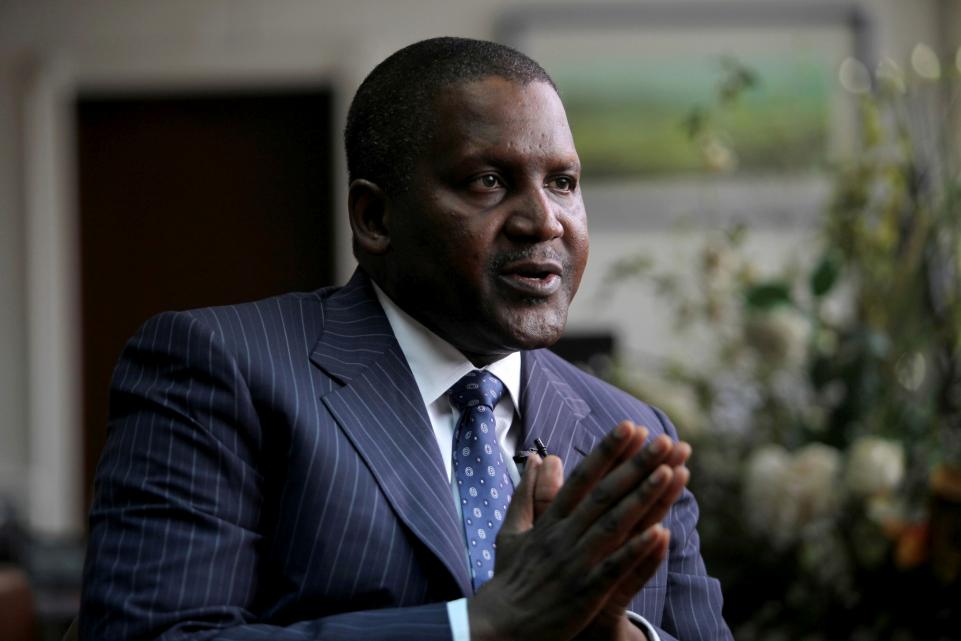
By: Sheila WILLIAMS
The Bank of Ghana has saved over 1.5m depositors from losing their investment after the clean up exercise.
The Governor of the Bank of Ghana, Dr. Ernest Addison who disclosed this at a press conference in Accra, said the exercise saved the 1.5m Ghanaians GHC11.6bn.
“This includes deposits of savings and loans companies, rural and community banks, investment fund managers, pension funds, and life insurance companies with the banks”, he said.
The Governor indicated that the year 2018 ended on a solid note with a more consolidated banking sector as weaker and undercapitalized banks that posed risks to financial stability were removed.
This, according to the Dr. Ernest Addison has enhanced the efficiency and profitability of the remaining banks and also restored confidence and resilience in the banking sector, with the banks now better positioned to support private sector-led growth in the Ghanaian economy.
The Governor however underscored the need to focus on reducing the high NPLs in the sector and addressing the risks associated with the high degree of interconnectedness in the financial system which will require close monitoring to ensure financial stability.
The Monetary Policy Committee (MPC), also noted government’s decision to create and strengthen institutions to provide the needed structures to underpin the commitment to fiscal and financial stability as Ghana concludes the IMF- supported ECF programme.
“The committee’s establishment of the Fiscal Council, the Financial Stability Council, as well as the reconstituted Economic Policy Coordinating Committee (EPCC) should anchor fiscal policy and help entrench the macroeconomic gains achieved over the last two years”, the governor stated.
Dr. Ernest Addison, explained that external financing conditions remain tight and uncertain, resenting financial risks to the budget with implications for the exchange rate. This according to the committee calls for a recalibration of the financing policy mix towards more burden on exchange rate, reserve accumulation and monetary policy.
The Committee observed domestic growth remains fairly robust and in line with projections Dr. Ernest Addison made “Over the medium-term, growth prospects are positive and would be supported by increased oil production and easing the credit stance. With the recently ended recapitalization, banks are also better-positioned to support economic activity”.
The Monetary Policy Committee also noted that “inflation has steadily declined from 15.4 percent at the end of 2016, to 11.8 percent in 2017 and further down to 9.4 percent in 2018, supported in large part by non-food inflation.
The Bank’s latest forecast shows that inflation will remain within the target band of 8+2 percent over the forecast horizon, barring any unanticipated shocks.
The Committee noted that immediate risks to the disinflation path are well contained, and the current conditions provides scope to translate some of the gains in the macro stability to the economy.
The governor explained the circumstances, the committee decided to reduce the policy rate by 100 basis points to 16 percent.”


























